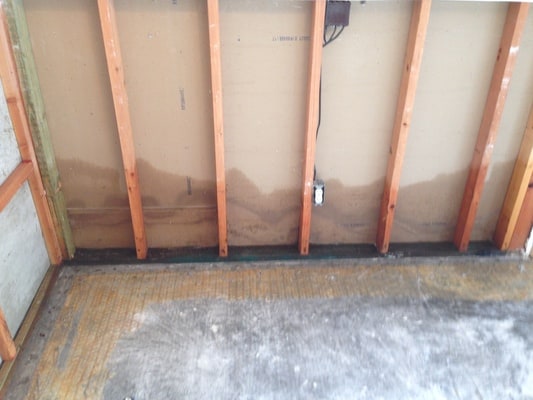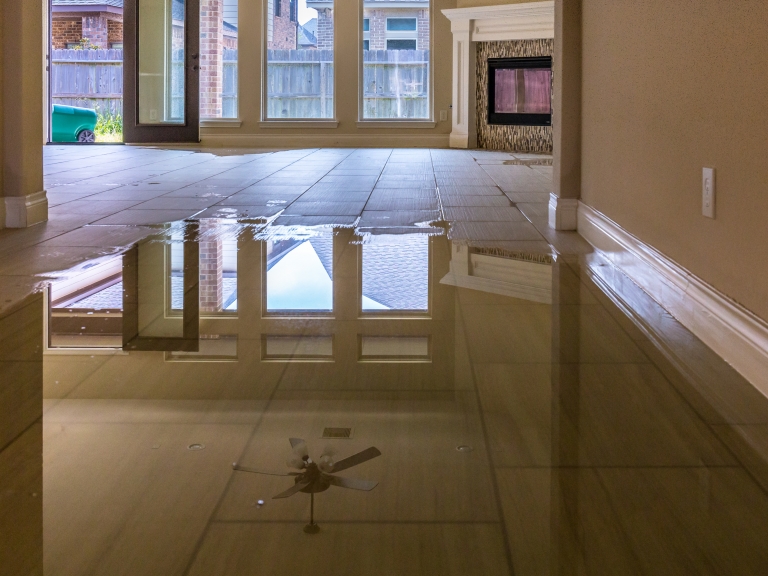Emergency Water Removal Winchester KY Fire & Water Damage Restoration Company
Emergency Water Removal Winchester KY Fire & Water Damage Restoration Company
Blog Article
Disaster Restoration Mitigation Frankfort KY Water Damage Repair and Restoration

Understanding the nuances of water-related points is essential for homeowners and property managers. Two widespread terms typically discussed are water removal and water extraction. While they might seem like interchangeable, they maintain distinct meanings in the context of water damage restoration, every enjoying an important position within the general recovery process.
Water removal typically refers to getting rid of standing water from an area affected by flooding, leaks, or some other water intrusion. It typically entails quick action to prevent additional damage to the property. Rapid water removal helps mitigate the risk of mold development and reduces repair costs. This process primarily focuses on floor water, where the water can accumulate in puddles or massive areas.
In contrast, water extraction delves deeper into the removal process. This approach involves not solely addressing surface water but additionally extracting water from porous materials corresponding to carpets, upholstery, and fabrics. Water extraction usually requires specialized tools, such as pumps or vacuums, designed to remove water embedded in these materials. Extracting water successfully is important to ensure that the realm dries properly, stopping long-term damage.
Disaster Restoration Mitigation Lexington KY Residential Water Damage Restoration Company

The urgency of water removal cannot be overstated. When dealing with vital water damage, every moment counts. Standing water can lead to critical structural issues, electrical hazards, and the rapid growth of mold and mildew. Therefore, eradicating water as rapidly as attainable types the first line of defense in the restoration process.
Water extraction, nonetheless, could not all the time be the primary focus when dealing with minor leaks or spills. Homeowners might resort to towels and mops for a fast clean-up, however this strategy does not fully address the issue. Once the visible water is gone, moisture remains trapped in the fibers of carpets and different fabrics, leading to potential health hazards if left unattended.
The instruments and methods employed in these two processes vary widely. Water removal would possibly use moveable pumps or buckets to simply gather and discard the water. Conversely, water extraction requires extra advanced machinery, corresponding to water extraction models, which utilize highly effective suction to attract out moisture from carpet padding and floorboards.
Mold Inspection Richmond KY Best Water Damage Restoration Services
After eradicating and extracting the water, drying is the following crucial step. A thorough drying process not solely helps to revive the property but additionally ensures that additional complications do not arise. Dehumidifiers and fans are commonly used on this section to flow into air and get rid of any remaining moisture. This drying part is significant as a end result of even a small amount of residual moisture can lead to mold development or structural degradation.
Professional water damage restoration services usually possess the experience and gear required for both water removal and extraction. Many property owners underestimate the importance of each step, often leading to insufficient restoration. Relying on specialists who understand the intricacies of those processes can save money and time in the long term.
Understanding the differences between these two phrases additionally includes awareness of their implications on insurance protection. Many policies differentiate between water removal and extraction, potentially affecting claim approvals. It’s essential for property house owners to comprehend their coverage and ensure that all needed steps are taken to validate any insurance claims related to water damage.
Disaster Restoration Company Winchester KY Water Damage Restoration Repair
Furthermore, not each sort of water intrusion requires both processes. Sometimes, similar to during heavy rain, immediate removal could also be enough. In distinction, if a plumbing leak occurs, comprehensive extraction may be wanted to forestall the damage from spreading. The distinction permits householders to implement the simplest response for their specific situation.
The location of the water incident can even dictate whether or not removal or extraction is the precedence. For instance, flooding in a basement may demand fast removal to safeguard foundational integrity. On the opposite hand, water seeped into partitions or beneath flooring supplies will necessitate extraction methods to prevent ongoing damage.
Mold Clean Up Winchester KY Water Damage Restoration & Repair
In wrapping up the discussion of the variations between water removal and water extraction, it is evident that each features are integral to effective water damage management. While removal is critical for immediate response, extraction performs an equally important role in ensuring long-term recovery and stopping future issues. Understanding these differences equips homeowners with the data essential for tackling water damage effectively, resulting in a safer and more healthy dwelling surroundings.
It’s important to remember that every water-related incident comes with its challenges. Being proactive and informed could make a major distinction in the healing process of a property. Engaging with professionals who're well-versed in each ideas can ease the burden and lead to successful restoration outcomes.
By greedy the distinctions and realizing the appropriate responses, individuals can take cost of their houses in the face of water damage. The proper actions taken on the proper time can lead to a smoother read review transition again to normalcy, making the experience less overwhelming.
Water Damage Restoration Services Frankfort KY Restoration Contractors
Ultimately, the struggle against water damage is a multifaceted endeavor. Recognizing when to remove and when to extract creates a roadmap to success, safeguarding properties from the relentless effects of water intrusion. This informed approach not only preserves private belongings but also ensures a sustainable environment for years to come back.
- Water removal typically refers again to the preliminary phase of addressing water damage, focusing on eliminating standing water from the affected area.
- Water extraction, on the other hand, entails a extra thorough process, which incorporates utilizing powerful equipment to take away water that has permeated supplies like carpets and drywall.
- The methods used in water removal typically embody simple strategies like mopping and bucket utilization, while water extraction employs superior instruments such as vacuum systems and pumps.
- Water removal may not address the underlying moisture trapped in supplies, whereas water extraction aims to extract moisture to prevent mold progress and structural damage.
- The timeframe for water removal is mostly shorter as it entails preliminary cleanup, whereas water extraction is a more time-consuming process requiring detailed attention to make sure whole moisture removal.
- Water removal can be performed by inexperienced individuals, however water extraction normally requires trained professionals with specialized gear.
- Water extraction also can bear in mind additional factors similar to air circulation and humidity management, that are normally not a half of basic water removal techniques.
- The effectiveness of water extraction sometimes leads to higher drying outcomes in comparability with commonplace water removal processes.
- Water removal might be seen as a temporary answer, whereas water extraction is commonly thought to be a extra complete approach to managing water damage.
- After water extraction, a post-extraction assessment is usually conducted to make sure that all moisture has been effectively addressed, while water removal typically lacks this follow-up analysis.undefinedWhat is the first distinction between water removal and water extraction?
Flood Damage Restoration Nicholasville KY Process of Professional Water Damage Restoration
Water removal generally refers back to the strategy of eliminating standing water from an area, like a flooded area, while water extraction includes utilizing particular equipment to tug moisture from saturate supplies, corresponding to carpets or structural elements. Each serves a different function in water damage restoration.
When should I consider water extraction as an alternative of just water removal?
If a property has absorbed water into its building materials, similar to partitions or flooring, water extraction is important. This prevents mold development and further damage. On the other hand, if there's solely standing water, water removal would possibly suffice initially.
Water Damage Restoration Near Me Richmond KY Water Damage Restoration - Water, Fire, & Flood Restoration
Are the methods and tools different for water removal and water extraction?
Yes, water removal usually uses pumps or vacuums to shortly get rid of giant portions of water, whereas water extraction employs specialised tools like wet/dry vacuums and moisture meters to draw moisture from within supplies, ensuring thorough drying.
Can I do water removal myself, or should it at all times be dealt with by professionals?
Emergency Services After Water Damage Lexington KY Water Mitigation Services
While minor water removal may be done safely by owners, significant flooding or contamination ought to be dealt with by professionals. They have the necessary gear and experience to prevent health dangers and guarantee complete safety.

What well being risks are related to improper water removal and extraction?
Mold Inspection.
Improper water removal and extraction can result in mold development, which poses serious well being risks, including respiratory issues. Contaminated water can harbor micro organism and pathogens, which might cause illness if not dealt with accurately.
How lengthy does water extraction typically take to complete?
Water Damage Repair Frankfort KY Fire & Water Damage Restoration
The length of water extraction can vary tremendously depending on the severity of the water damage and the dimensions of the affected area. Typically, it takes a couple of hours to a couple of days, however thorough drying and restoration may prolong the overall process.
Is water removal or water extraction more costly?
The cost can differ based on the severity and specifics of the water damage. Water Remediation. Generally, water extraction could additionally be more expensive as a result of specialized gear and labor required, particularly if in depth drying efforts are wanted thereafter.
Can I use an everyday vacuum for water extraction?
Emergency Services After Water Damage Nicholasville KY Flood & Water Damage Restoration Services

No, common vacuums are not designed for water extraction and may be dangerous if used for this purpose. Specialized wet/dry vacuums are essential to handle extra water safely and effectively, stopping damage to the gear and injury to customers.
What is the importance of well great post to read timed action in water removal and extraction?
Timely action is critical in each cases to reduce damage, scale back restoration prices, and stop well being hazards like mold progress. The sooner water is eliminated or extracted, the less damage will happen, leading to more practical restoration efforts.
Report this page